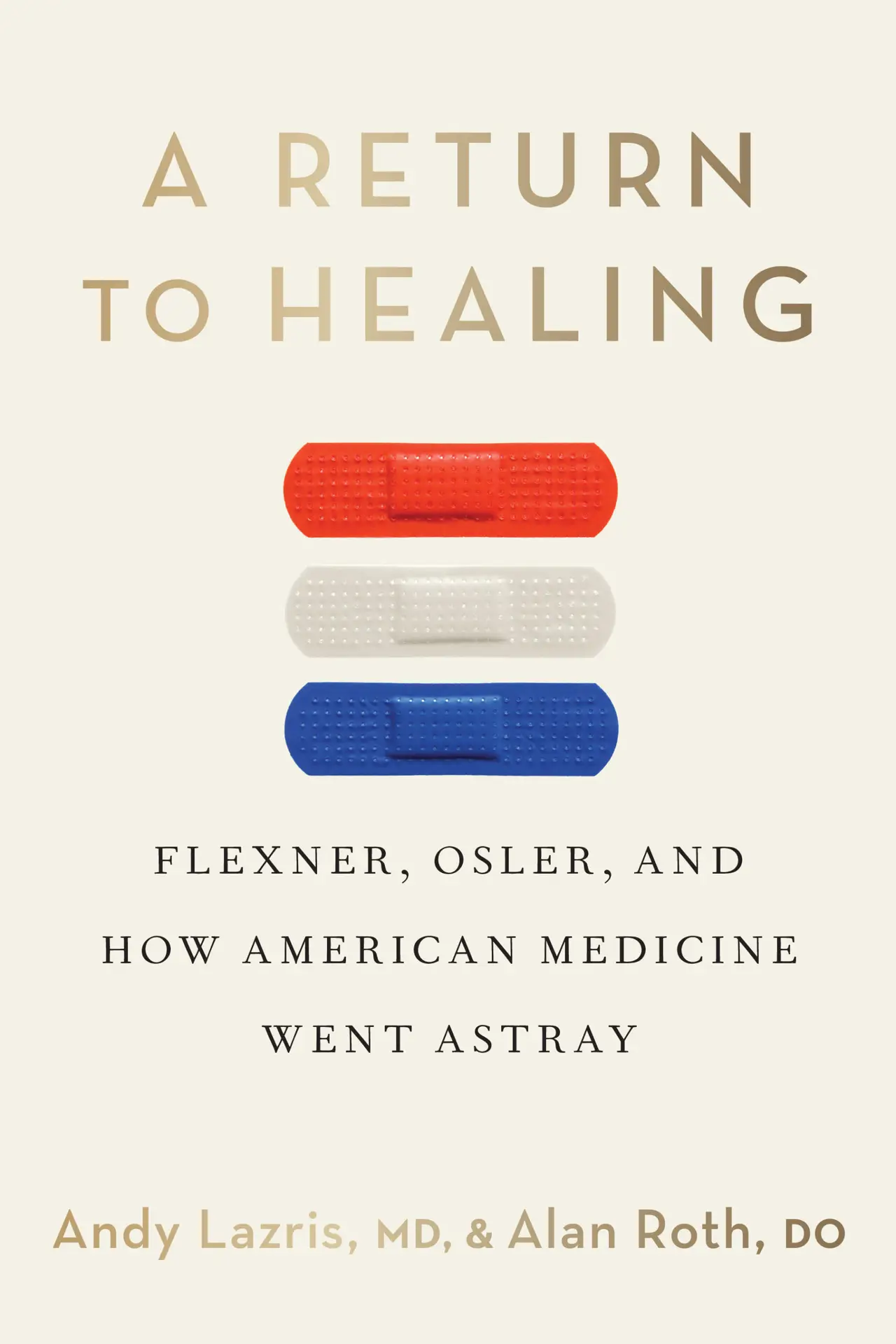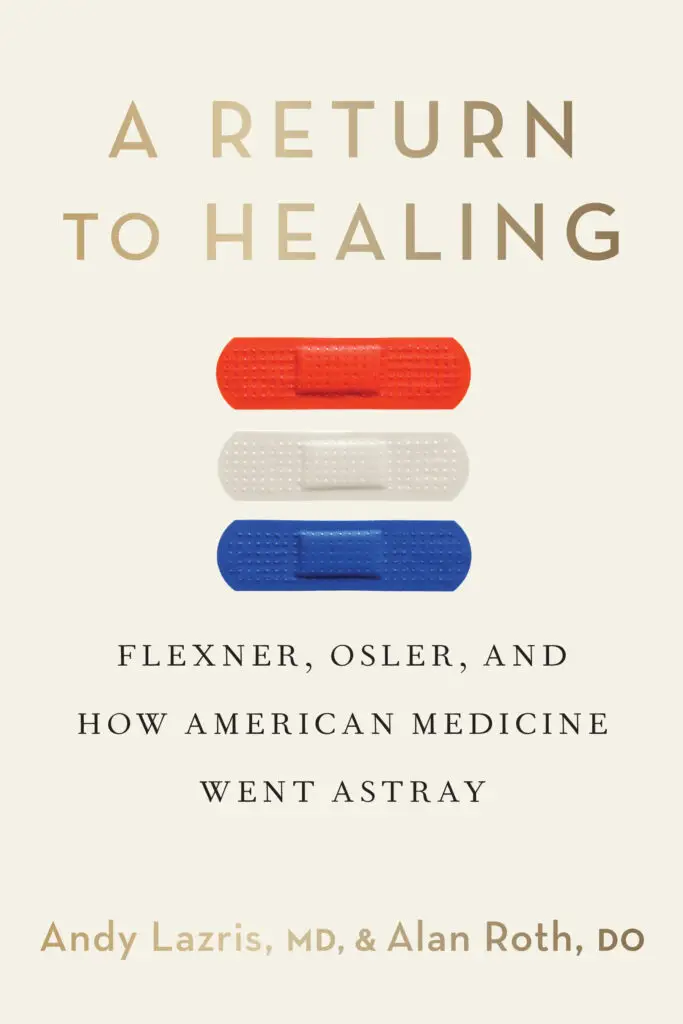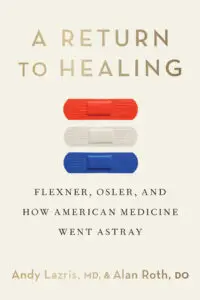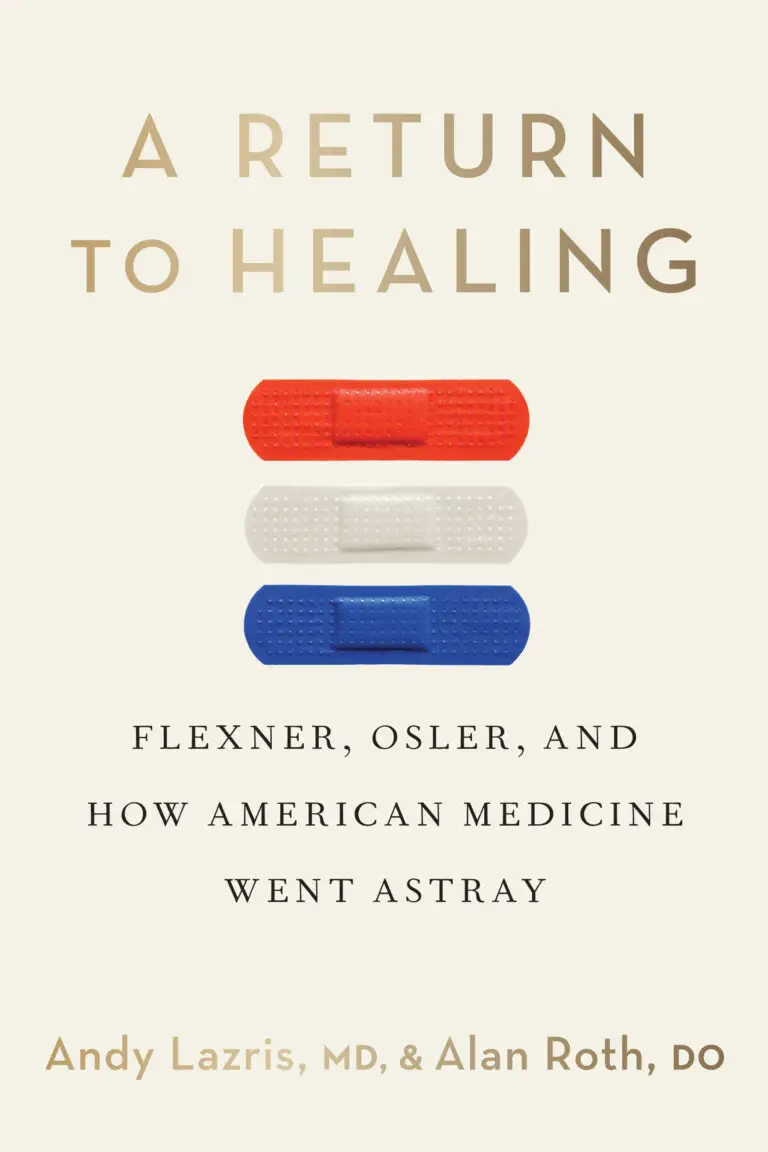A diagnosis of nonalcoholic fatty liver disease (NAFLD) can sound alarming—but for most people, it doesn't lead to liver failure. Instead, it often leads to unnecessary anxiety, referrals, and testing, without improving outcomes.
NAFLD overdiagnosis is a growing concern in modern medicine. While nonalcoholic fatty liver disease is common, especially among older adults and those with metabolic risk, the way we screen, diagnose, and follow up on it can cause more harm than good. From incidental ultrasound findings to specialist referrals and liver biopsies, patients are often pulled into a cycle of anxiety and overtreatment for a condition that rarely leads to serious complications.
In this thought-provoking article from American Family Physician, Drs. Andy Lazris and Alan Roth explore the overuse of testing and diagnosis around NAFLD in older adults and those with metabolic syndrome. Drawing from evidence and patient experience, they challenge the value of screening asymptomatic patients and caution against turning mild findings into medicalized crises.
NAFLD and the Problem of Overdiagnosis
Nonalcoholic fatty liver disease (NAFLD) is often detected by accident—during imaging for another issue or through mildly abnormal liver enzyme levels. From there, patients are frequently sent down a path of specialist referrals, repeat imaging, liver biopsies, and unnecessary worry, even though most cases pose little to no risk.
The article highlights that while NAFLD is common—especially in people with obesity, diabetes, or high cholesterol—its clinical relevance is often overstated. In reality:
Up to 25% of U.S. adults may have NAFLD, but only a small fraction will progress to advanced liver disease
The lifetime risk of liver-related death is extremely low for most patients
Overdiagnosis can lead to harm, including labeling anxiety, overtreatment, and misplaced focus
Rather than improving outcomes, screening for NAFLD in asymptomatic patients shifts attention away from meaningful interventions like weight loss, exercise, and cardiovascular risk management. Worse, it can distract clinicians and patients with a disease “label” that doesn’t change the care plan—but may increase stress and healthcare costs.
By reframing NAFLD as a marker of metabolic risk, rather than a standalone condition requiring aggressive follow-up, physicians can help patients make better decisions and avoid the harms of overmedicalization.
A Return to Healing: Focus on the Root Cause, Not the Label
This article highlights how NAFLD overdiagnosis can shift clinical attention away from more pressing metabolic concerns, leading to unnecessary costs and emotional strain. Additionally, this reflects one of the core messages of A Return to Healing: less labeling, more listening. Instead of reacting to test results, physicians should engage in patient-centered conversations that focus on lifestyle, prevention, and metabolic health—without unnecessary referrals or imaging.
When a patient is overwhelmed by a diagnosis like NAFLD, it’s not more medicine they need—it’s context, clarity, and compassionate guidance. This approach can reduce harm and improve outcomes.







